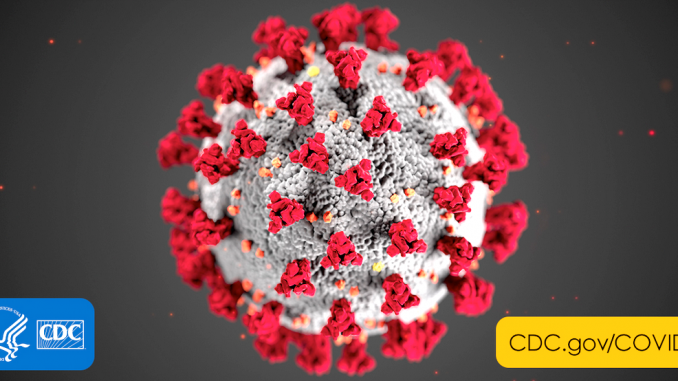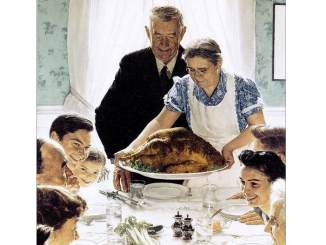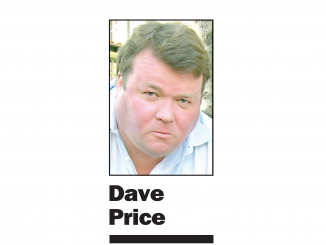
BY ELAINE GOODMAN
Daily Post Correspondent
Stanford researchers have estimated that the coronavirus death rate in Santa Clara County is about 0.12% to 0.2% of those who have been infected — numbers that are a fraction of other widely cited fatality figures.
The Stanford study, which looked for antibodies to the virus in the blood of 3,300 county residents, also estimated that 48,000 to 81,000 people in the county had been infected with the virus as of early April, or 2.49% to 4.16% of county residents.
The study was led by Dr. Eran Bendavid, an associate professor of medicine at Stanford. The results were posted Friday on medRxiv.org, a website for preliminary research reports that haven’t yet been peer-reviewed by other medical experts.
The fatality rate estimated in the Stanford study is a fraction of the coronavirus death rate reported last month by the World Health Organization, which said 3% to 4% of reported cases are fatal.
Infections vs. reported cases
However, the lower rate estimated by the Stanford group is based on the number of coronavirus infections, rather than the number of reported cases. The antibody test used in the Stanford study can identify people who have been infected with the virus, even if they didn’t have symptoms or have since recovered.
In contrast, coronavirus testing used to confirm cases typically looks for the virus’ genetic material in patients’ nasal swabs, a sign of current infection.
The number of infections is expected to be larger than the number of reported cases, but how much larger has been an unanswered question that the Stanford study sought to answer, the researchers said.
In addition, coronavirus tests have been in short supply and have been mainly used for people with “severe symptoms and bad outcomes,” said Dr. John P.A. Ioannidis, a professor of medicine at Stanford and one of the authors of the new study.
“Reported case fatality rates, like the official 3.4% rate from the World Health Organization, cause horror — and are meaningless,” Ioannidis said last month in an opinion piece in Stat News, a medical news site.
In contrast to the Stanford study’s estimates of 48,000 to 81,000 infections in Santa Clara County, the county reported 1,870 cases and 73 deaths as of Friday.
The county acknowledges its case count represents only a small portion of actual cases, due to the limited availability of testing.
Blood samples used in survey
The Stanford researchers recruited study participants through ads on Facebook. Blood samples were taken from participants on April 3 and 4 at drive-through sites set up in three places, including a church in Mountain View and parks in Los Gatos and San Jose.
Participants were asked to provide their age, sex, race and zip code, and to say whether they had experienced COVID-19 symptoms or had other medical conditions such as diabetes.
The study included 2,718 adults and 612 children. Fifty people tested positive for antibodies to the coronavirus, which is known as SARS-CoV-2, for a positive rate of 1.5%.
Many test participants were white women, but the researchers said they adjusted their results to reflect the demographic makeup of the county.
They also factored in the potential for a certain number of false test results. The test kit used in the study was not approved by the Food and Drug Administration. But the researchers gauged its accuracy by testing samples that were known to be positive or negative for the coronavirus antibodies.
The report doesn’t say whether more positives were seen among certain age groups, or in people who had COVID-19 symptoms compared to those who didn’t. Neither Bendavid or another study author, Dr. Jay Bhattacharya, could be reached for comment yesterday.
It also wasn’t immediately known whether the researchers plan to continue their testing. But they noted in their report that repeated testing every few weeks could show how the infection rate is changing over time.
Using testing to monitor the spread of the coronavirus was one of the key steps outlined by Gov. Gavin Newsom last week for deciding when to loosen stay-at-home restrictions.
And antibody studies, also known as seroprevalence surveys, are ramping up in other locations. But the Stanford researchers called their study the first of its kind.
“These results represent the first large-scale community-based prevalence study in a major U.S. county completed during a rapidly changing pandemic, and with newly available test kits,” they wrote.



